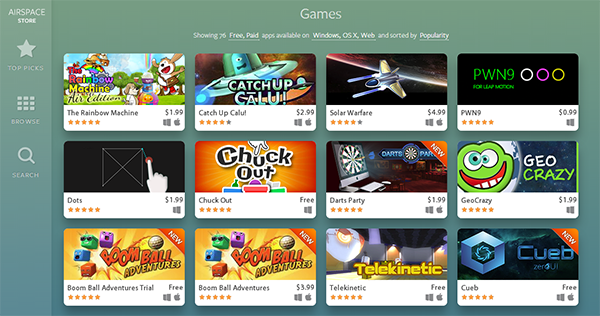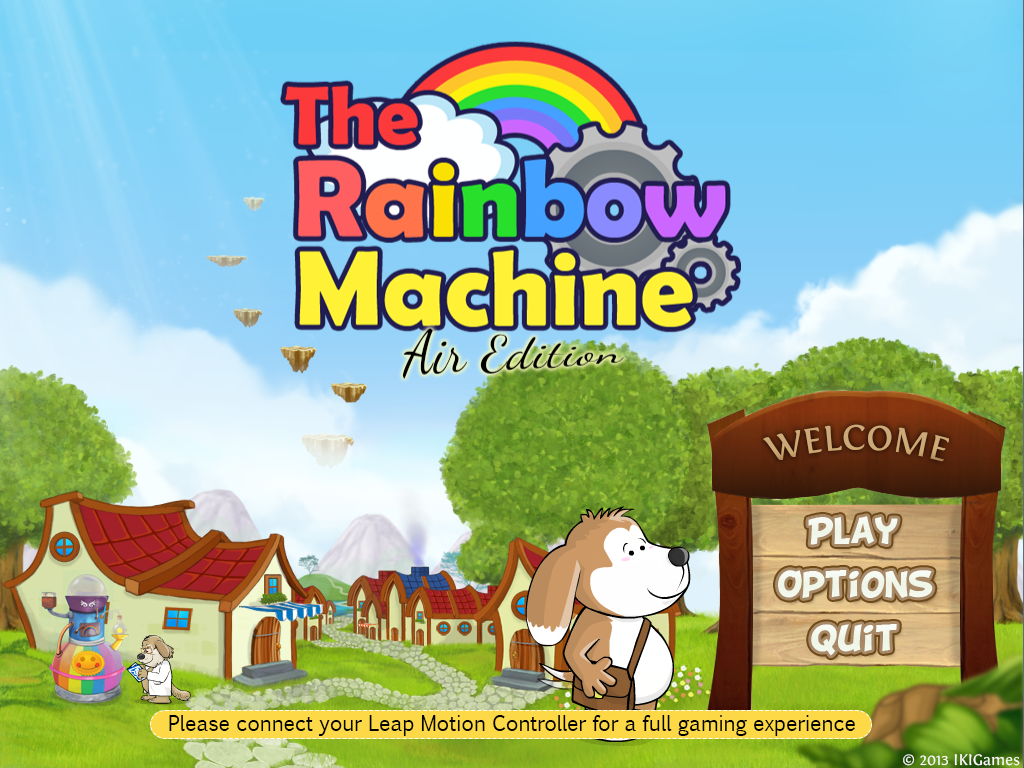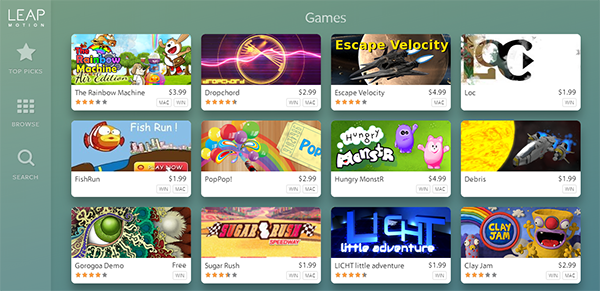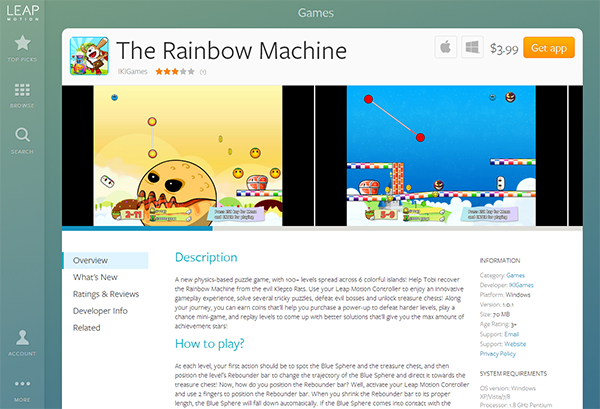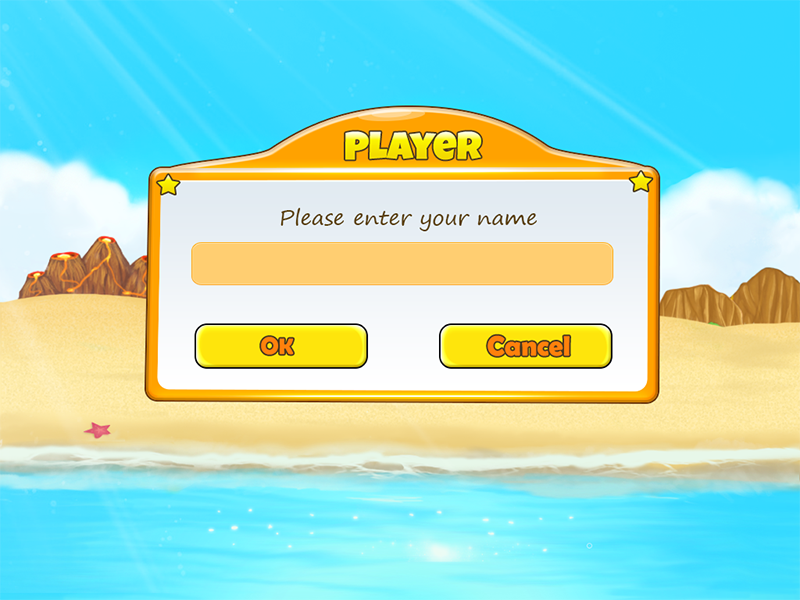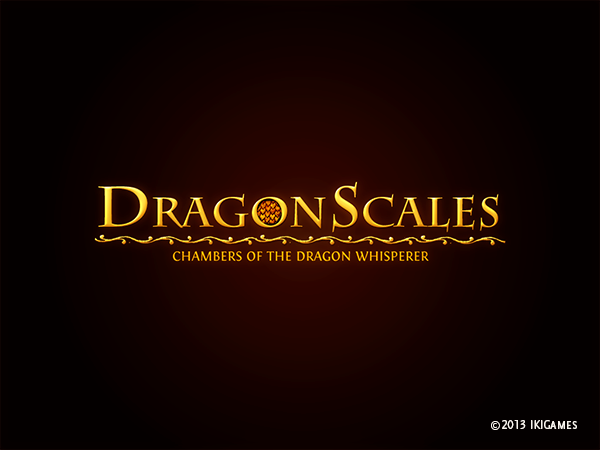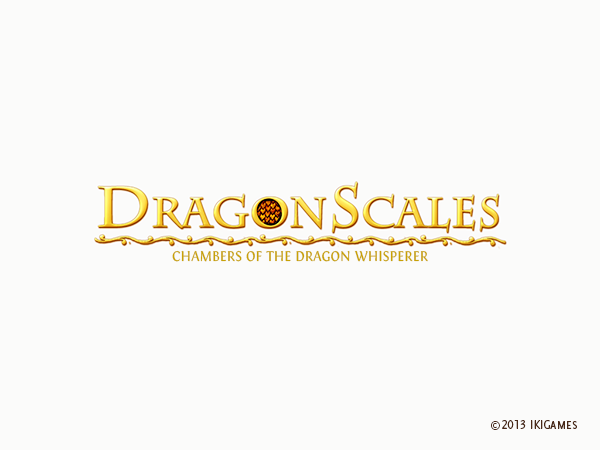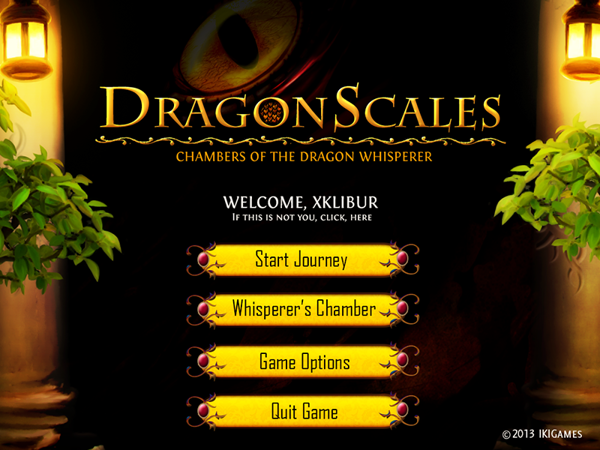Lampson’s Hints for Computer System Design
Although it’s a bit dated in parts (mostly the examples), the article Hints for Computer System Design by Butler W. Lampson is still a valuable resource for today’s designers and engineers. It’s a nice reading, with plenty of timeless advice. For instance, regarding the issue of how to handle all the cases, the article says:
Handle normal and worst cases separately as a rule, because the requirements for the two are quite different:
- The normal case must be fast.
- The worst case must make some progress.
In most systems it is all right to schedule unfairly and give no service to some of the processes, or even to deadlock the entire system, as long as this event is detected automatically and doesn’t happen too often. The usual recovery is by crashing some processes, or even the entire system. At first this sounds terrible, but one crash a week is usually a cheap price to pay for 20% better performance. Of course the system must have decent error recovery (an application of the end-to-end principle…), but that is required in any case, since there are so many other possible causes of a crash.

